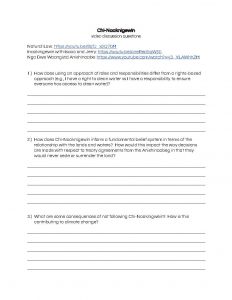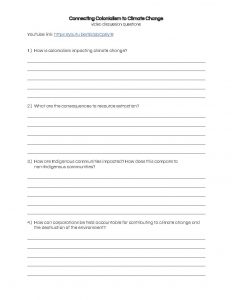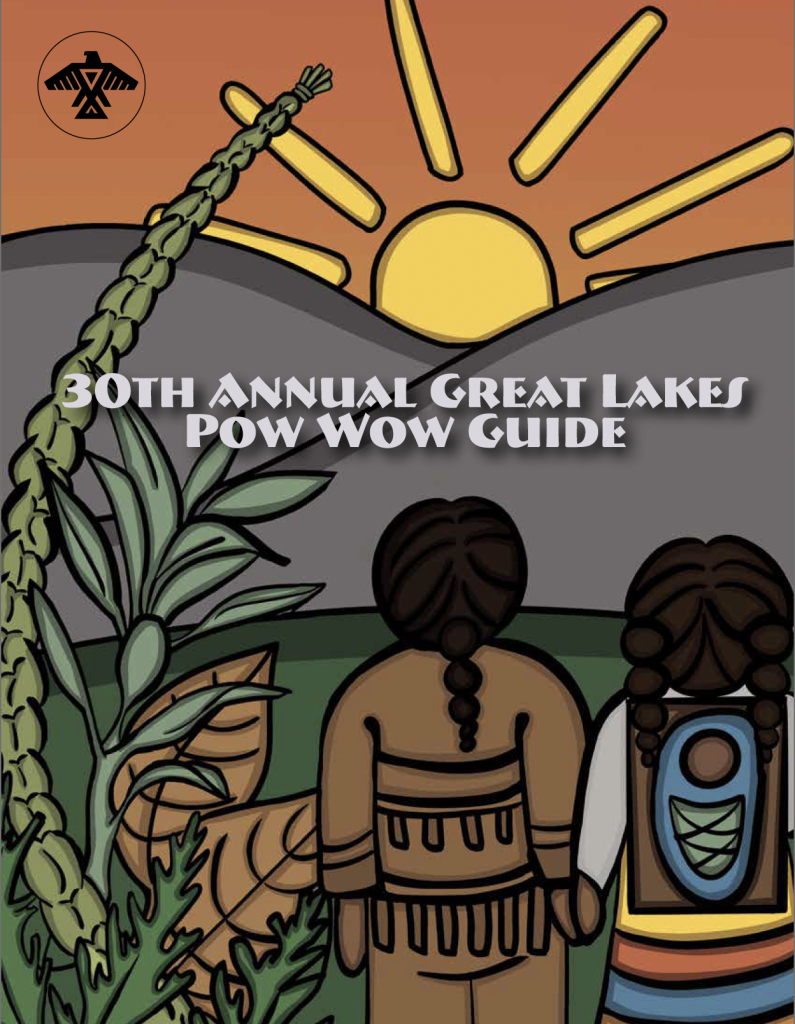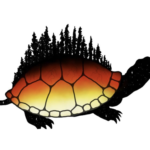Chi-Naaknigewin: How we govern through our roles and responsibilities
Big Ideas
- The Anishinaabeg have roles and responsibilities to care for each other as well as the lands, waters and all of creation.
- These roles and responsibilities are outlined in Chi-Naaknigewin and other laws that are part of the governing system of the Anishinaabeg.
- Laws are informed through our interaction with the natural world which includes all life (e.g., animals, plants, etc.) throughout the universe.
- When these laws are not followed disease and other consequences such as climate change occur.
- Following Chi-Naaknigewin through our roles and responsibilities ensures that future generations are able to enjoy a beautiful life.
- Ngo Dwe Waangizid Anishinaabe (One Anishinaabe Family) is the preamble to the Anishinaabe Chi-Naaknigewin. The Anishinaabe Chi-Naaknigewin was developed by the Elders Council for the Anishinabek Nation to establish a governance structure.
Let’s Explore Chi-Naaknigewin
1. Watch the following videos (Or click on these links to watch the videos: Natural Law; Inaaknigewin with Isaac and Jerry; Ngo Dwe Waangizid Anishinaabe):





